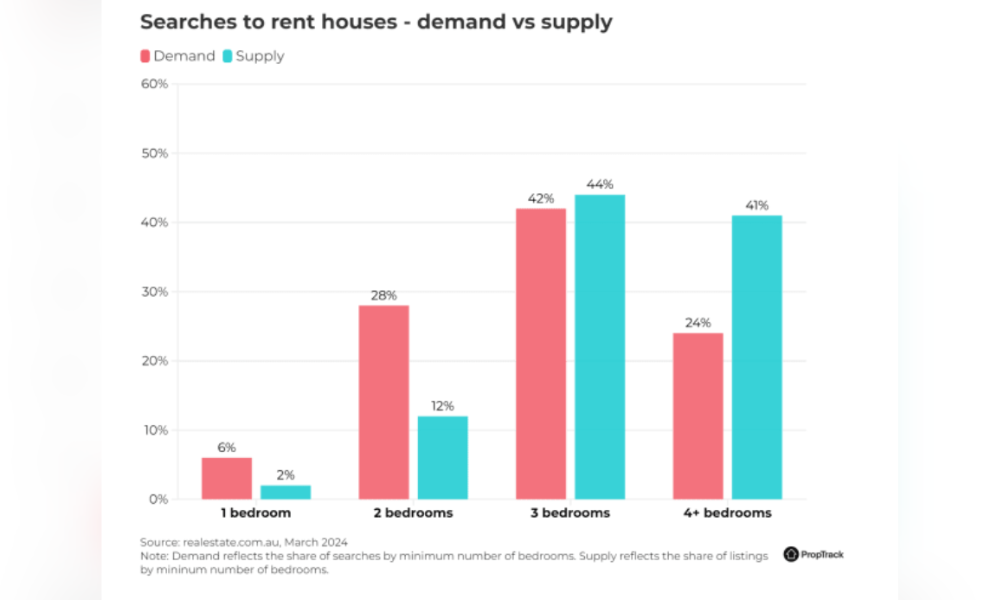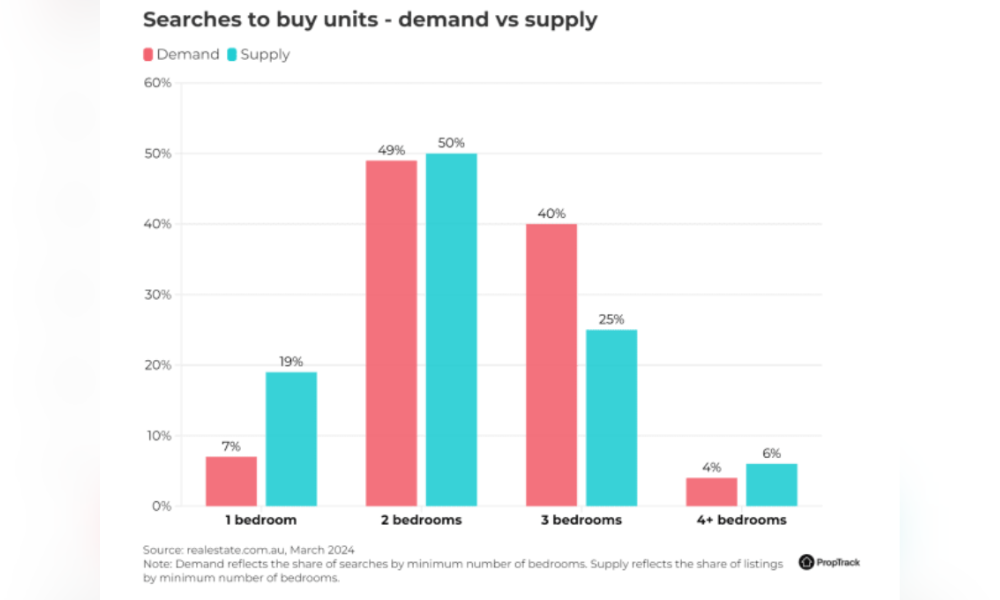

Australia’s housing landscape faces a significant mismatch, with evolving resident needs and shrinking households shifting demand for different types of homes and highlighting a market gap, according to PropTrack.
“The typical Aussie household has changed considerably over the past few decades,” said Anne Flaherty (pictured above), PropTrack economist.
With an average household size dropping from 4.6 in 1920 to just 2.5 in 2023, the shift towards single-person households and couple-only households has become pronounced.
“Australians are having fewer children and living longer,” Flaherty said, underlining the increased share of single-person households from 18% to 26% between the 1981 and 2021 censuses.
This demographic shift has reweighted demand in the housing market, with a noticeable preference for smaller houses but bigger units.
“Among property seekers looking to buy or rent houses, the shrinking household size has reweighted demand away from larger homes towards those with fewer bedrooms,” Flaherty said.
Despite the prevalence of listings for houses with four or more bedrooms, the demand has shifted towards homes with fewer bedrooms.

The trend is not only limited to houses. The unit market has seen an opposite trend.
“In recent years, particularly post-COVID, there has been rising demand for larger units,” Flaherty said, pointing out the increased need for three-bedroom units amidst the rise of remote and hybrid working arrangements.
This demand is not being met adequately, especially in cities like Sydney, where the supply of three-bedroom units falls short of the demand.

The mismatch between supply and demand has various implications for the housing market, including the potential for a decrease in the price premium for houses with multiple bedrooms and an increased premium for units with an extra bedroom.
“Understanding the mismatch between demand and the current supply of housing has implications for future development and pricing,” Flaherty said, indicating a possible shift towards developing more two-bedroom houses and larger units to meet the changing needs.

Your thoughts? Discuss how changing housing needs are reshaping the market.
